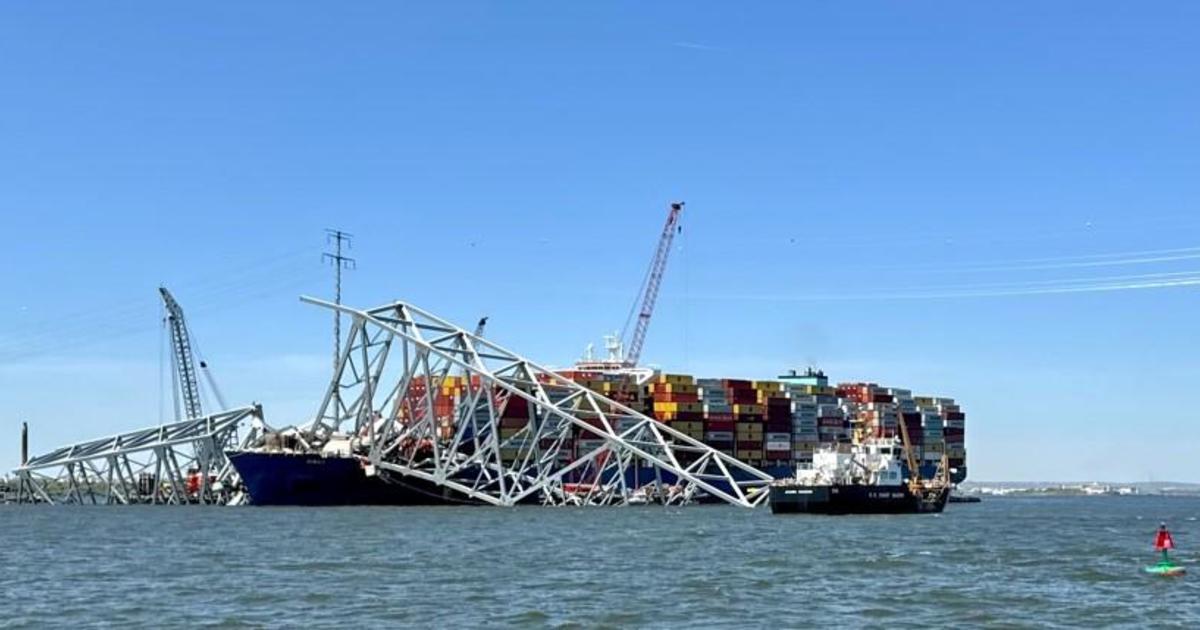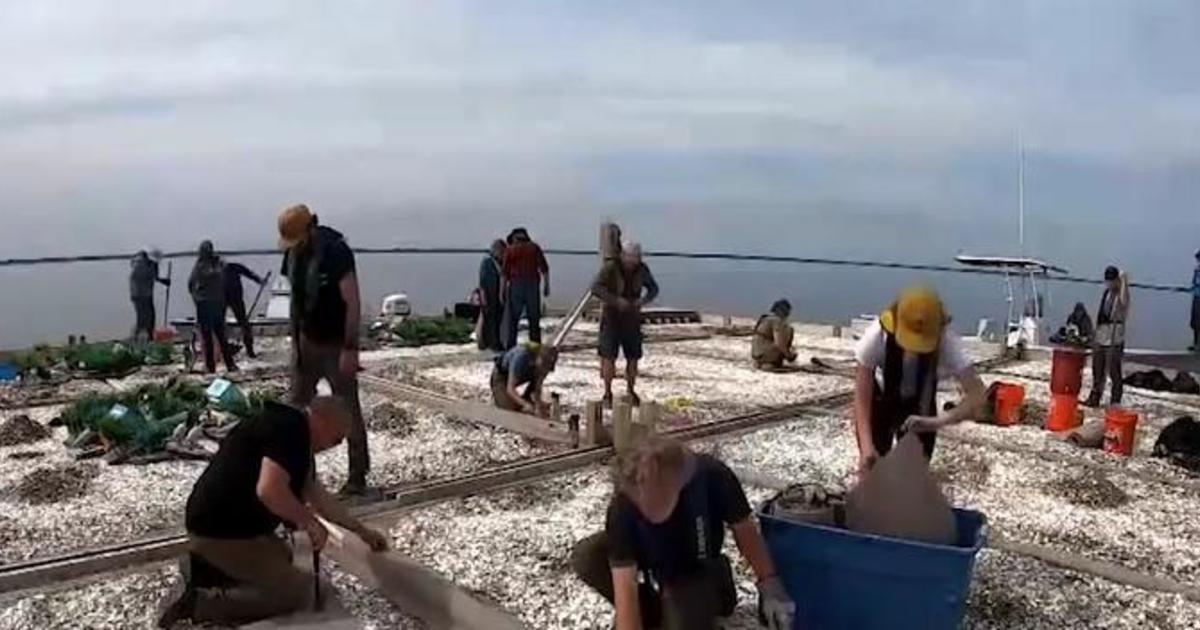Army Corps Unveiling Chesapeake Oyster Plan
BALTIMORE (AP) -- The Army Corps of Engineers unveiled its restoration plan for Chesapeake oysters on Tuesday, a bay-wide look that officials said moves past piecemeal efforts and selects targets for large-scale efforts.
The corps held the first of three public meetings on the plan, which it described as the first comprehensive strategy for
large-scale oyster restoration.
Claire O'Neill, project manager for the Army Corps' Baltimore District, said the study takes a scientific look at where limited resources can have the most impact and is a recommendation for future work.
"There is no mandate, we don't have that kind of authority," O'Neill said.
However, she said that scientists differ on the best way to restore oysters in the Chesapeake, which have dipped to less than 1 percent of their historic levels, and the authors hope to standardize the process.
How land near the tributaries is being used, whether for farming, or industry or homes, was among the items considered for each tributary, along with factors such as water depth, whether the bottom is rocky or muddy, and the saltiness of the water.
The end goal is to have self-sustaining oyster populations in those tributaries.
Scientists are working to restore oysters as part of a presidential order that spurred a new federally led bay restoration
strategy. Oysters are important to bay restoration because they are filter feeders that clean bay waters.
The plan selected 19 areas, 11 in Maryland and eight in Virginia, for restoration. Those waterways include the Eastern Bay, Tangier Sound and the Nanticoke, Choptank and Chester rivers in Maryland. The Pocomoke, Rappahannock and James rivers are among the areas in Virginia.
The plan also calls for sanctuaries where harvesting won't be allowed covering 20 percent to 40 percent of historic habitat. Another reason for the study is to put a cost estimate on that goal, O'Neill said.
The study found costs could run as high as $7.85 billion, compared to the $5 million a year the effort is now getting from Congress.
However, Angie Sowers, study manager for the Corps, said no one is asking for that amount. The work will take place over years, focusing on one or two tributaries at first and expected costs could drop as lessons are learned, Sowers said.
"Nature is going to play a big, big part in this," Sowers said, adding that the hope is the efforts will eventually push
oyster populations past a tipping point where they become self-sustaining.
The second meeting is April 17 in Hampton, Va. and the last is April 19 in Wye Mills, Md.
About a dozen showed up for the first meeting, including Ken Hastings, 71, a retired communications engineer who drove 90 minutes from Mechanicsville.
Hastings said he supports the emphasis on sanctuaries and would support a moratorium on oystering.
"I'm not against harvesting, just not having harvests until it's sustainable," Hastings said.
(Copyright 2012 by The Associated Press. All Rights Reserved.)



